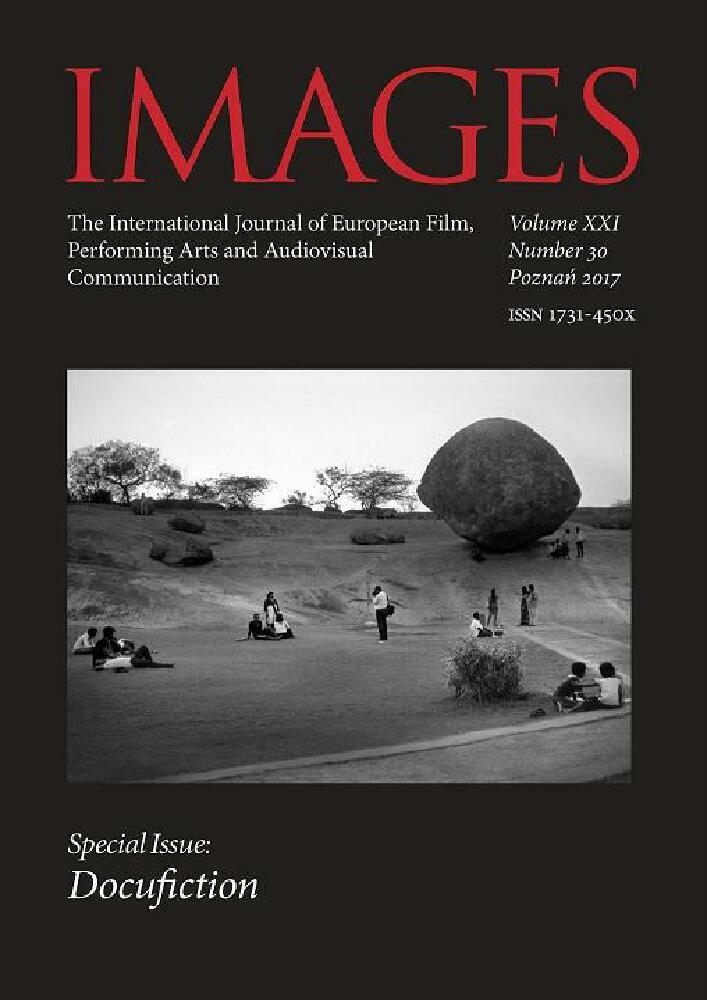Abstrakt
The following interview with Roderick Coover asks how emerging cinematic technologies transform documentary storytelling. Though his early ethnographic projects, such as Concealed Narratives (1996, filmed and photographed in Ghana) and the Harvest (1999, filmed and photographed in France), he created interactive documentary forms that could bridge modes of expression. The works combine field-notes, editing observations, exposition, travel narratives, encounters and interviews with evocative imagery. In works such as Voyage Into The Unknown (2007), Canyonlands (2009), and Estuary (2013). Coover uses scrolling map environments to offer interactive, cinematic experiences in which users create paths among video clips and data; the works explore spatial knowledge and storytelling, national myth-making and land use. In works such as Something That Happened Only Once (2007) and The Last Volcano (2011), he layers stories on animated panoramic settings to present disturbing disjunctions in the expression of place and memory. His recent collaborative works Three Rails Live (2013) and Toxicity: A Climate Change Narrative (2016) are algorithmic. They use code to combine voices and images from a database in an ever-changing order; the works use storytelling and new technologies to address the questions of climate change and industrial waste. In Hearts & Minds: The Interrogations Project, a VR work about US military torture in Iraq, he and his collaborators use immersive arts, storytelling and gaming technologies to introduce challenging accounts of human rights abuse.
Licencja
Autorzy
Autorzy tekstów przyjętych do publikacji w czasopiśmie IMAGES są zobowiązani do wypełnienia, podpisania i odesłania na adres redakcji umowy o udzielenie nieodpłatnej licencji do utworów, z zobowiązaniem do udzielania sublicencji CC.
Zgodnie z umową, autorzy tekstów opublikowanych w czasopiśmie IMAGES udzielają Uniwersytetowi im. Adama Mickiewicza w Poznaniu niewyłącznej i nieodpłatnej licencji oraz zezwalą na użycie sublicencji Creative Commons Uznanie autorstwa 4.0 Międzynarodowe.
Autorzy zachowują prawa do dalszego, swobodnego rozporządzania utworem.
Autorzy, którzy wykorzystują w swoim tekście cudze utwory (np. ilustracje, fotografie) proszeni są o dostarczenie do redakcji czasopisma zgodę na publikację od uprawnionych podmiotów.
Użytkownicy
Zainteresowani użytkownicy internetu uprawnieni są do korzystania z utworów opublikowanych po 2015 roku IMAGES tylko w calach niekomercyjnych, pod następującymi warunkami:
- uznanie autorstwa - obowiązek podania wraz z rozpowszechnionym utworem, informacji, o autorstwie, tytule, źródle (odnośniki do oryginalnego utworu, DOI) oraz samej licencji;
- bez tworzenia utworów zależnych - utwór musi być zachowany w oryginalnej postaci, nie można bez zgody twórcy rozpowszechniać np. tłumaczeń, opracowań.
Do wszystkich tekstów opublikowanych przed 2015 r. prawa autorskie są zastrzeżone.
Inne
Uniwersytet im. Adama Mickiewicza w Poznaniu zachowuje prawo do czasopisma jako całości (układ, forma graficzna, tytuł, projekt okładki, logo itp.).
